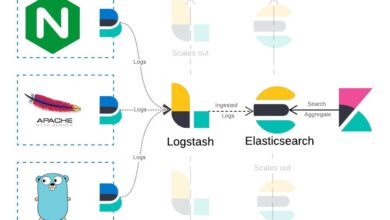Exploring Different Pricing Plans From Electricity Companies

Electricity pricing plans are a crucial part of how our industry works. Over the years, they have evolved to keep pace with changes in customer needs and energy market dynamics.
For example, critical peak pricing can help lower bills during peak demand times by letting customers know prices will be higher. Indexed rate plans use a formula tied to a commodity index.
Time-of-Use Pricing
Many electricity companies offer time-of-use pricing as an option for residential customers. These plans vary in design, but they all aim to incentivize energy usage when wholesale prices are low and discourage use during high-demand periods – like 5 pm – 9 pm on weekdays or in the summer.
Electricity demand spikes during these times, and it costs more for power producers to create enough electricity quickly to meet the increased load. By encouraging customers to shift their energy consumption to off-peak hours, these rates can save consumers money over time.
Each utility defines the timeframes for peak and off-peak hours, which may change depending on season or other factors. If you’re considering a time-of-use plan, Aurora’s solar design and sales software can model your household’s energy use throughout the day and year to determine how much you might save with a TOU rate. Then, you can compare the savings with a traditional tiered price plan to see the right fit for your home. To qualify for a TOU plan, you must have a smart meter that records hour-by-hour electricity usage.
Fixed-Rate Plans
Fixed-rate plans guarantee customers that their energy rates will not change during the contract period. These plans are perfect for customers who want to budget their energy costs and avoid risk.
A variable-rate plan’s energy rate will vary depending on the time of day and season. This model incentivizes customers to reduce their usage during high-demand periods, saving money for the end user and the electric company Dallas. This also helps the environment by reducing demand on the power grid.
While there are benefits to a variable-rate plan, there are some drawbacks. Customers should consider the potential for price increases before committing to one of these plans. Customers should also pay close attention to their contract length and early termination fees.
A customer’s needs and budget will play a big role in choosing an electricity or natural gas plan. For example, if they live in an area with very cold winters or hot summers, they may use more energy to warm their homes or cool their businesses. In these cases, a fixed-rate plan could be more affordable than a variable-rate one. Similarly, a customer may choose to explore indexed pricing options. Usually, these plans depend on a market index as their foundation, like the natural gas’s monthly closing price.
Variable-Rate Plans
Many people are wary of variable-rate electricity plans after hearing about the dramatic price spikes that can occur during extreme weather events. But a variable rate plan could be right if you closely monitor the energy market and constantly shop for new deals. Since these plans are typically month-to-month with no long-term contracts or early termination fees, they can be very convenient for active customers who want the flexibility to jump to a fixed rate plan or different supplier when prices drop.
Variable-rate electricity plans work based on the wholesale price per kWh, representing how much power plants charge energy providers to buy their electricity. The price can change hourly or monthly, depending on the market conditions. Some consumers find that this plan enables them to save money over the long term, while others feel that the uncertainty can make it hard to budget their energy costs.
Other types of electricity plans include indexed rates and fixed-rate plans. With indexed rates, your rate fluctuates month-to-month like a variable rate plan, but the underlying variable is publicly available and well-disclosed in your contract. For example, your indexed rate may be tied to the cost of natural gas.
Early Termination Fees
Many seek new electricity plans to save money and find a better provider. It’s important to take the time and compare rates and plan options before making any decisions. However, paying attention to contract stipulations and early termination fees is essential, often hidden in fine print and can be expensive to break the contract.
An early termination fee is a penalty that retail electricity providers (REPs) can charge you when you switch to another provider before your contract ends. They do this to ensure that they can profit from the services they have provided you.
These fees can be flat or prorated, and your pay will decrease with the remaining months of your contract. Early termination fees are a common part of many types of contracts, especially when it comes to something like an apartment lease.
You can avoid paying an early termination fee by switching to a new provider 14 days or less before your contract expires. However, it’s also worth checking with your current provider to see if they will waive this fee if you decide to switch back after the initial contract. If they don’t, it might be worth exploring some of the best PA plans without cancelation fees to see if there is one that suits you.



